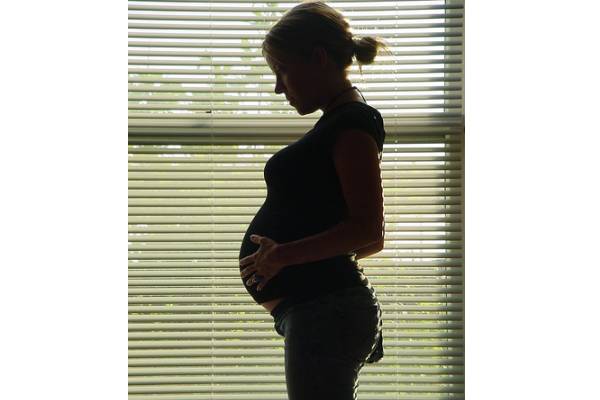Knowing what to eat when pregnant can be tough. Like any other area of food safety, different governments and experts often make different recommendations. This can lead to confusion. I got a PhD in food science and struggle with this stuff all the time.
So here goes.
 Dr. Emily Oken of Harvard Medical School in Boston and her colleagues reported in the May 15 issue of the American Journal of Epidemiology that three-year-olds whose mothers ate more fish while pregnant with them score better on several tests of cognitive function than their peers whose mothers avoided seafood.
Dr. Emily Oken of Harvard Medical School in Boston and her colleagues reported in the May 15 issue of the American Journal of Epidemiology that three-year-olds whose mothers ate more fish while pregnant with them score better on several tests of cognitive function than their peers whose mothers avoided seafood.
However, the researchers also found that the amount of mercury in a woman’s body rose with the amount of fish she had consumed — and that children exposed to more mercury performed worse on these tests. Based on the findings, they say, it’s possible fish could have even greater brain benefits for babies if mothers-to-be consumed seafood with lower mercury levels.
The authors wrote,
"Recommendations for fish consumption during pregnancy should take into account the nutritional benefits of fish as well as the potential harms from mercury exposure. … Maternal consumption of fish lower in mercury and reduced environmental mercury contamination would allow for stronger benefits of fish intake."
My take is — and I know more about bugs than I do about chemicals — pregnant women should eat plenty of fish that is low in mercury. The U.S. Food and Drug Administration issued some decent advice in 2004, and has tables of fish lower in mercury. The Australian New South Wales Food Authority also has a decent overview.
The FDA says:
• do not eat Shark, Swordfish, King Mackerel, or Tilefish because they contain high levels of mercury;
• eat up to 12 ounces (2 average meals) a week of a variety of fish and shellfish that are lower in mercury; and,
• five of the most commonly eaten fish that are low in mercury are shrimp, canned light tuna, salmon, pollock, and catfish.
